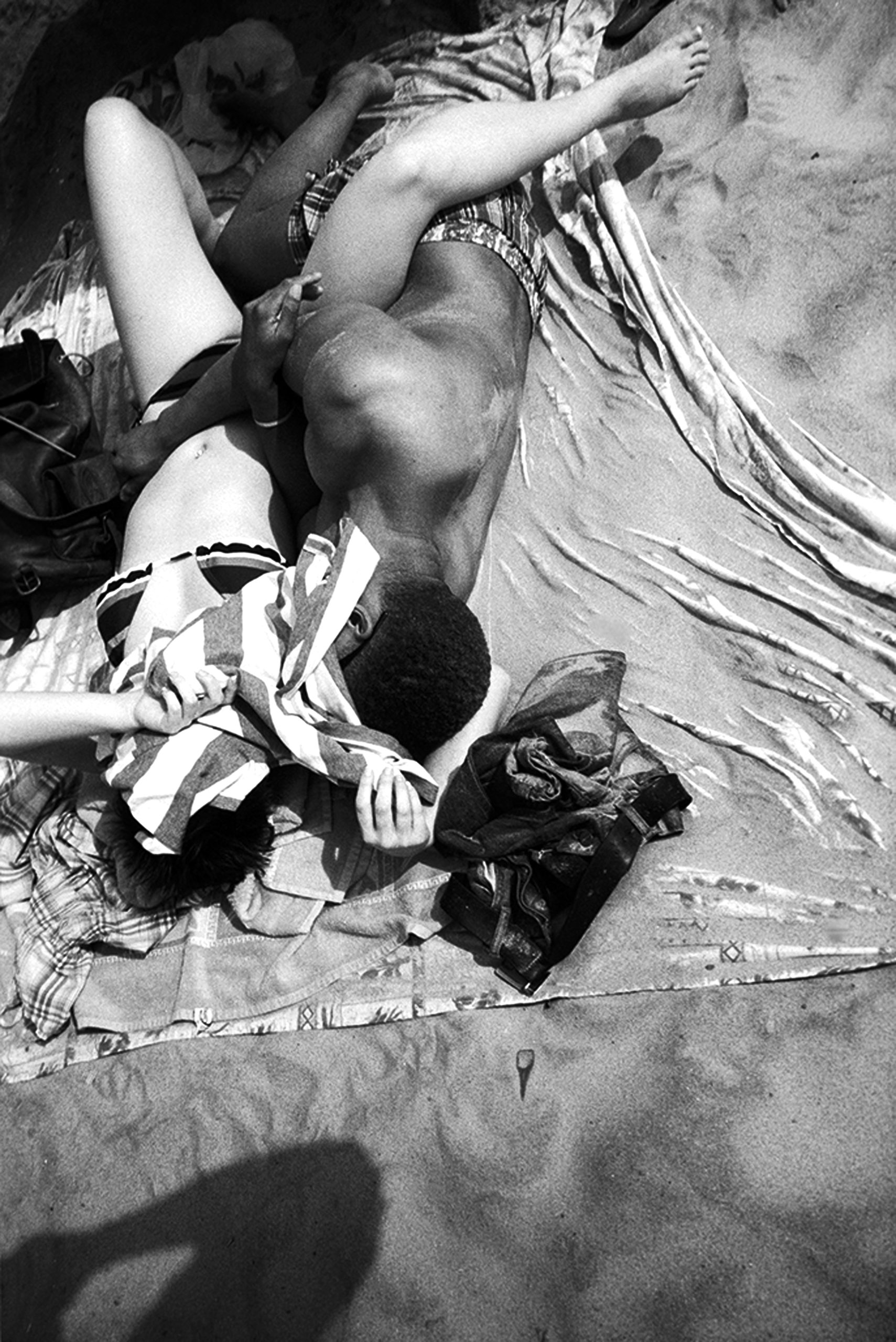Cicely Aikman Scherer 1923 – 2013

Cicely Aikman Scherer died at Valley Cares in Townshend, Vermont, on December 6, 2013, eleven days after her husband Fred F. Scherer passed away. Born on June 4, 1923 in El Paso, TX, she was the oldest of three children of Duncan and Helen (Wyman) Aikman.
She attended the University of Chicago, but left in her sophomore year and went to New York City to study under Morris Kantor at the Art Students League, between 1942-1946. Aikman reflects; “This was a serious art education -our only regret as students was that due to World War II, we could not go to Europe, in particular to Paris to see firsthand the works of Picasso and Matisse.” At the League she met her first husband, painter Paul Breslin.
Cicely was an avid traveler. She went to Florence, Italy by boat with her two-year-old son, Paul Breslin Jr., and lived the bohemian life with her many friends. She lived in Peru from 1956-1957, traveling all over the region, Ecuador, Chile, Cuzco and Lima, Peru, where she taught English. Other trips included the Greek Isles and Turkey and countless journeys to France to visit her son Paul, who has made Paris his home.
Cicely worked as a librarian at the Hayden Planetarium of the American Museum of Natural History. There she met Fred Scherer, fellow artist, they married in 1969. In 1972 they moved to Friendship, where they lived there for 32 years and adopted and raised Fred’s grandchild, Kim Scherer. In 2005, Cicely moved to Brattleboro, Vermont with her husband to be nearer to daughter Deidre Scherer and her husband Steve Levine.
Cicely showed her work in galleries in New York City including The Artists’ Gallery, Green Mountain Gallery, Pyramid Gallery, and Westbeth Gallery. She painted winters in NYC and Vero Beach, FL, and summers in Provincetown and Maine. In 1972 she helped form a cooperative, the Waldoboro Gallery. Her work has been shown outside of NYC in numerous galleries and museums including the Maine Coast Artists, Round Top Center for the Arts, The Portland Museum, and The Farnsworth Museum. Since 2006, she has shown at the Brattleboro Museum & Art Center and Robert Crowell Gallery, Newfane, VT. From 1990 to the present, the Caldbeck Gallery in Rockland, ME has represented Cicely’s work.
Among her many interests, Cicely loved classical music, reading and writing poetry, literature and the writing of her memoirs. She also participated in numerous peace demonstrations during the 60’s and 70’s. Cicely will be remembered for her generosity, her love of animals, her liberal politics, and her poetic sense of form and color that made her such a unique and talented sculptor and painter.
Cicely is predeceased by first husband Paul Breslin; by second husband Fred F. Scherer and by brother Edward Aikman; she is survived by her sister Ann McQuade of Port Washington, NY; son Paul Breslin Jr. and his wife Catherine of Paris, France: daughter Kim Scherer and her husband, Paul Young of Seattle, WA; and four step-children; Janice-Ellen Scherer-Dufner and her husband, Frank Dufner, of Lyman, ME; William Scherer and his wife, Sitora, of Cold Spring, NY; Deidre Scherer and her husband, Steve Levine, of Williamsville, VT; and Gregory Scherer and his wife, Makhiruy, of Cold Spring, NY; 5 nieces and nephews; 14 grandchildren, and 8 great-grandchildren.
All are welcome to a memorial service that will be held on Sunday, December 15th, at 2:30 pm at Valley Cares, 461 Grafton Road, Townshend, VT, with a reception to follow.
The family expresses their heartfelt thanks to the amazing staff of Valley Cares for their professional, unending care and compassion; to Susan Nelson and her wonderful group of caregivers; the hospice staff of Bayada Services for their sensitive support and Dr. Timothy Shafer for his compassion and understanding.
Gifts may be made in Cicely’s name to Valley Cares, 461 Grafton Road, Townshend, VT 05353.


